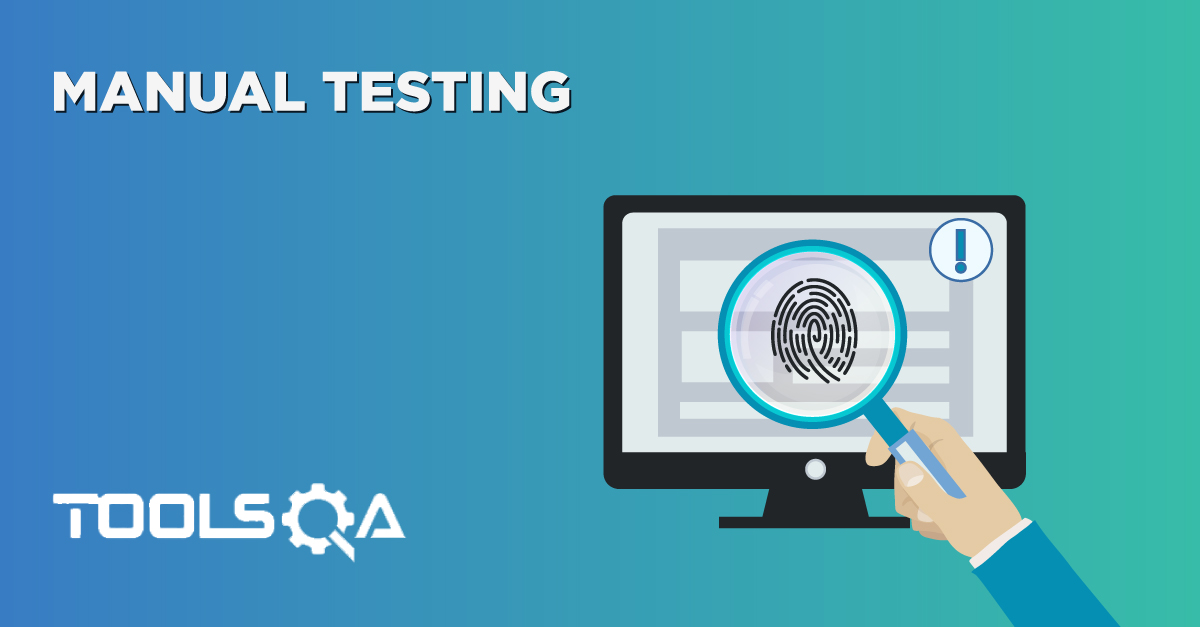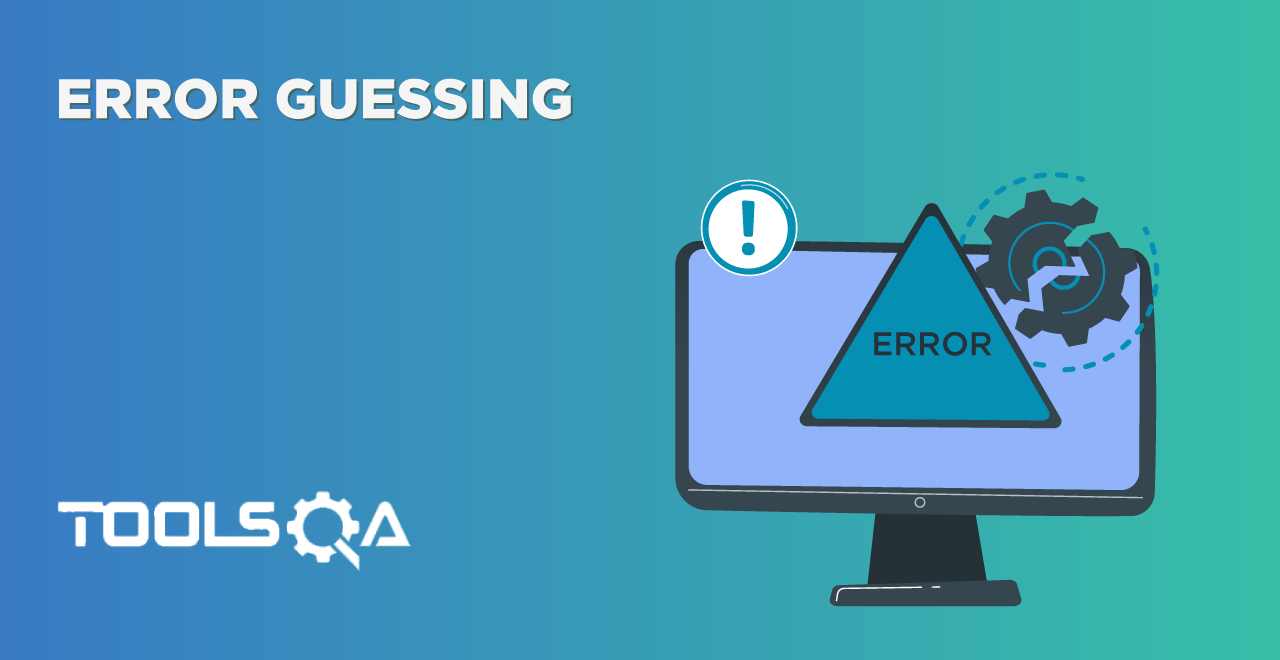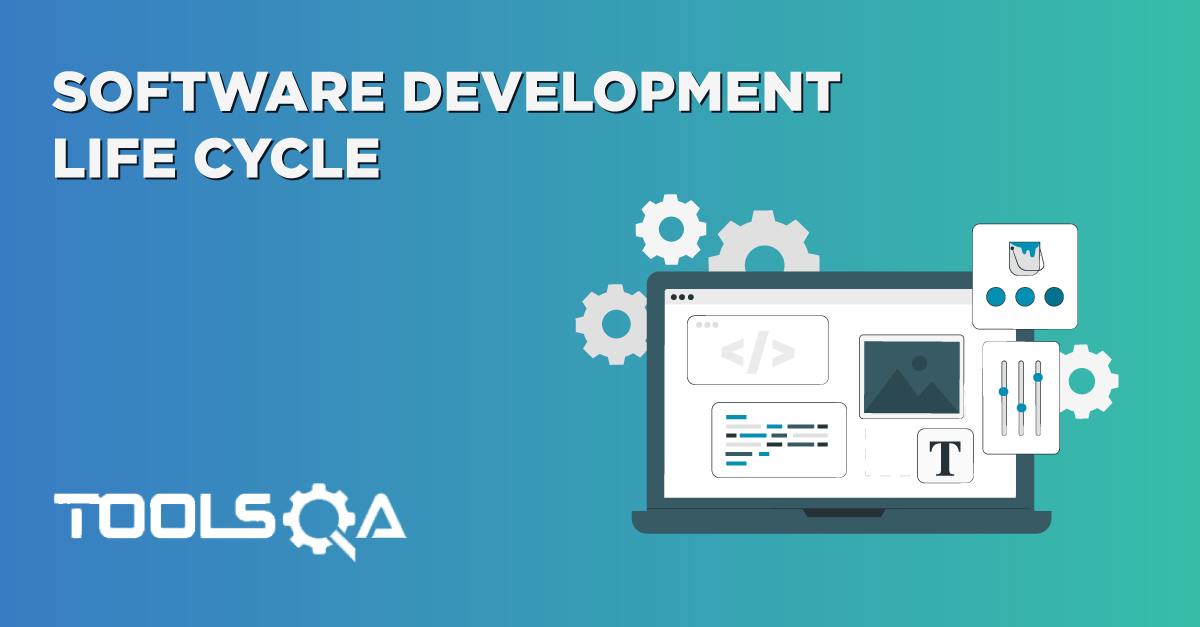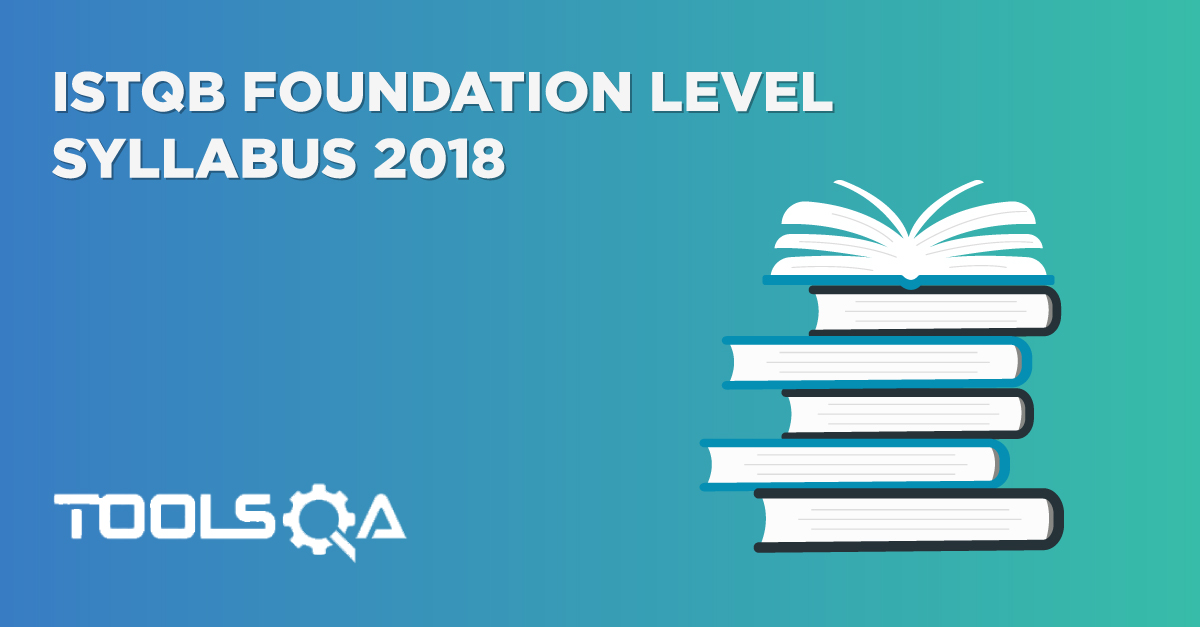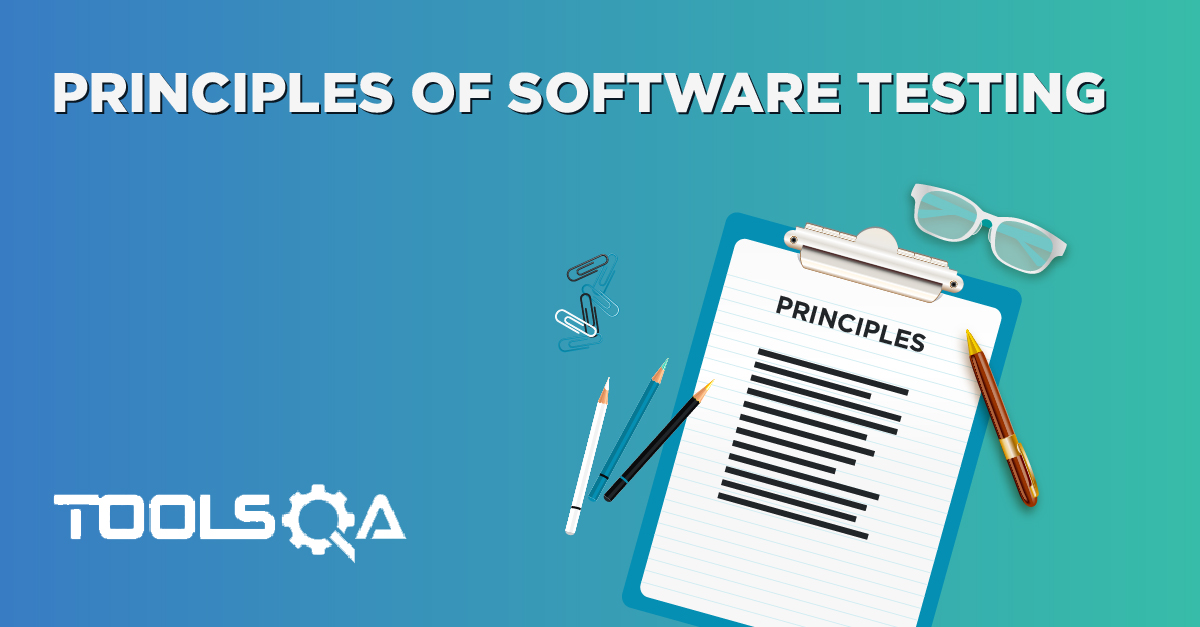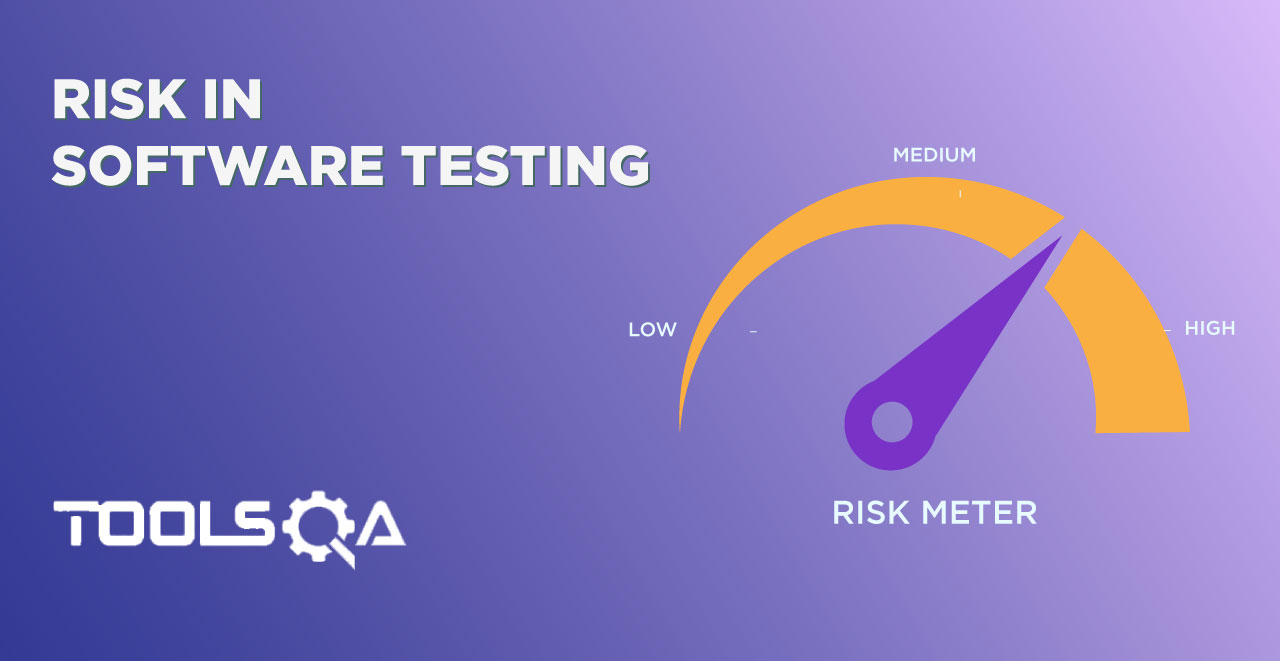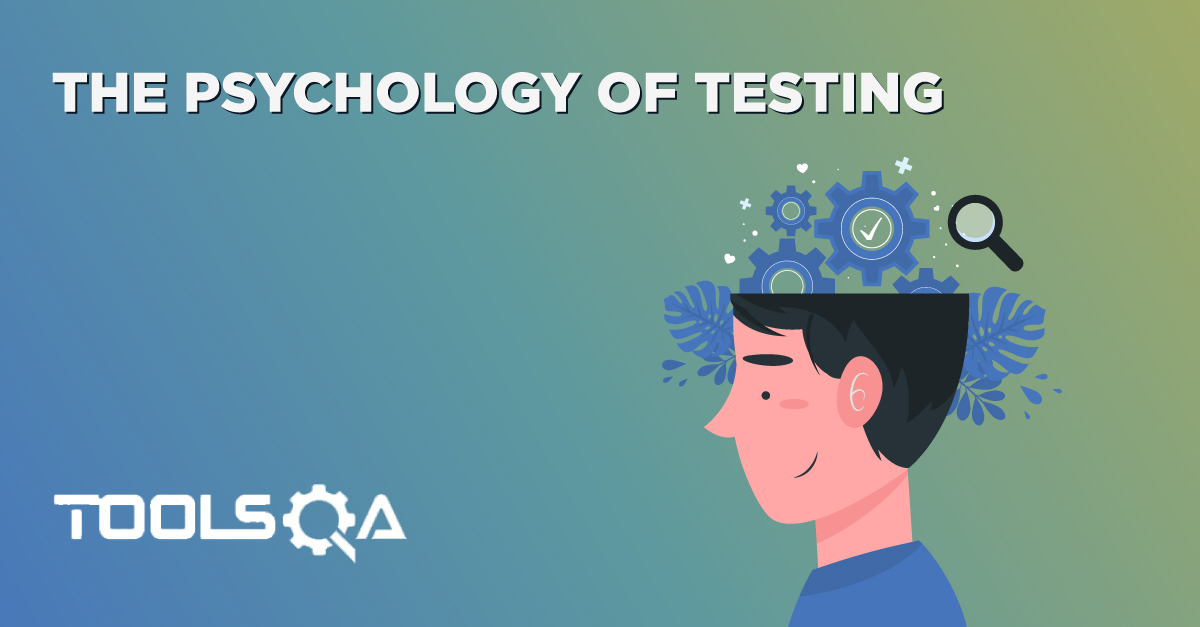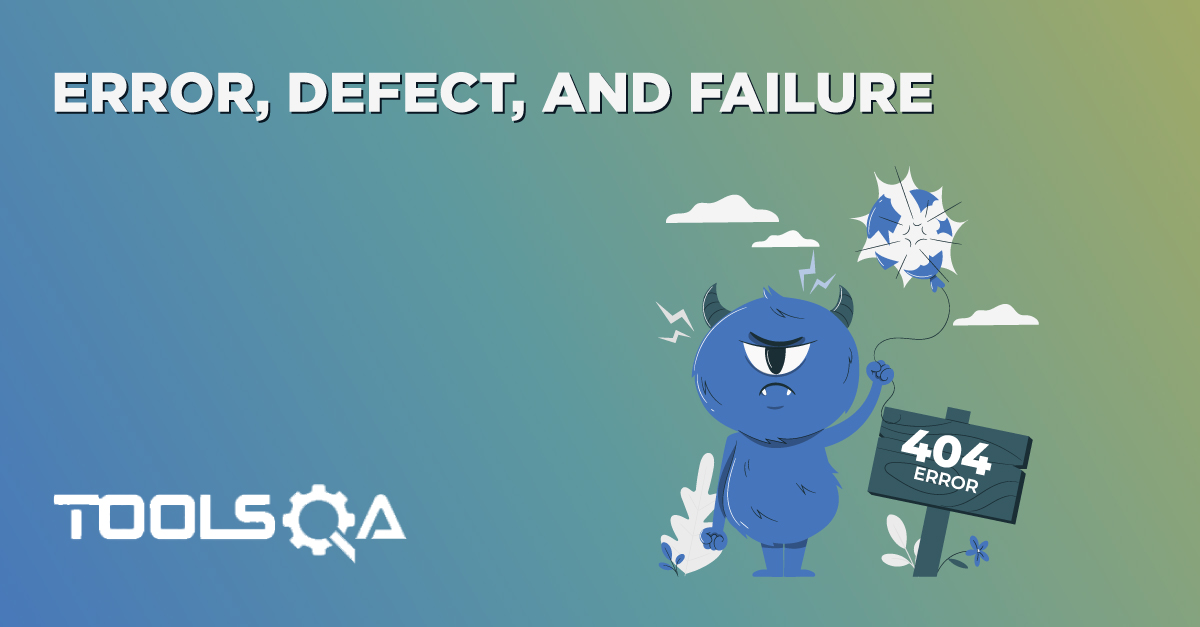Software testing is an activity which aims at evaluating the quality of a software product and also to improve it by identifying defects. Software testing strives to achieve its objectives but has certain limitations. However, adherence to the established objectives ensures effective testing.
In this article, we will focus on the following points:
- What are the Objectives of Software Testing?
- Do Objectives vary with the type of Testing Technique and SDLC model?
What are Software Testing Objectives?
Some of the significant objectives of software testing are as follows:
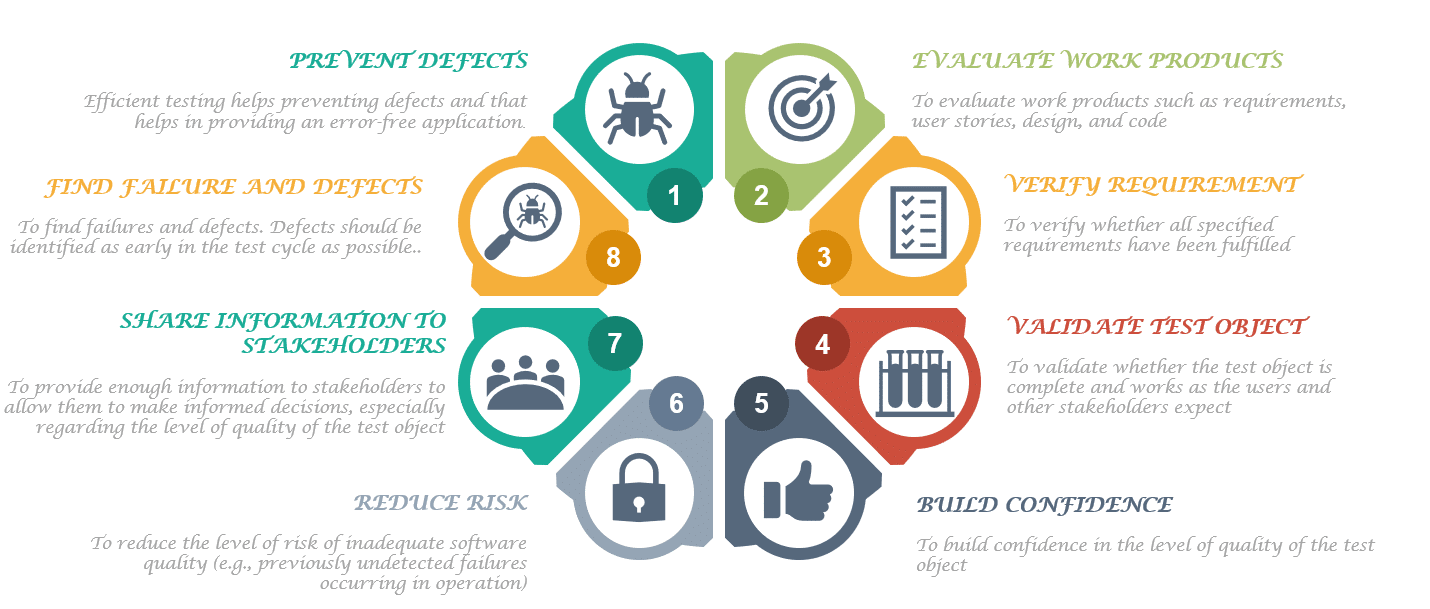
To evaluate the work products such as requirements, design, user stories, and code:
The work products such as Requirement document, Design, and User Stories should be verified before the developer picks it up for development. Identifying any ambiguity or contradicting requirements at this stage saves considerable development and test time. The static analysis of the code (reviews, walk-thru, inspection, etc.) happens before the code integrates/is ready for testing. This idea of testing is known as Verification. It is the process of evaluating the product during the development phase of each work product.
To verify the fulfillment of all specified requirements:
This objective reveals the fact that the essential elements of testing should be to fulfill the customer’s needs. Testers test the product and ensure the implementation of all the specified requirements have. Developing all the test cases, regardless of the testing technique ensures verification of the functionality for every executed test case. The Tester should also create a requirement traceability matrix (RTM), which will ensure the mapping of all the test cases to requirements. RTM is an effective way to ensure that test cases have got the right requirement coverage.
To validate if the test object is complete and works as per the expectation of the users and the stakeholders:
Testing ensures the implementation of requirements along with the assurance that they work as per the expectation of users. This idea of testing is called Validation. It is the process of checking the product after development. Validation can be a manual or automation. It usually employs various types of testing techniques, i.e., Black Box, White Box, etc. Generally, testers perform validation, whereas customers can also validate the product as part of User acceptance testing. Every business considers the customer as the king. Thus the customer's satisfaction is a predominant need for any business.
For example, customer satisfaction and loyalty in online shopping and e-commerce environments is a useful indicator for long-term business success.
To build confidence in the quality level of the test object:
One of the critical objectives of software testing is to improve software quality. High-Quality software means a lesser number of defects. In other words, the more efficient the testing process is, the fewer errors you will get in the end product. Which, in turn, will increase the overall quality of the test object. Excellent quality contributes to a significant increase in customer satisfaction as well as lower maintenance costs.
To prevent defects in the software product:
One of the objectives of software testing is to avoid the mistakes in the early stage of the development. Early detection of errors significantly reduces the cost and effort. The prevention of defects involves doing a root cause analysis of the defects found previously and after that, taking specific measures to prevent the occurrence of those types of errors in the future. Efficient testing helps in providing an error-free application. If you prevent defects, it will result in reducing the overall defect count in the product, which further ensures a high-quality product to the customer.
To find defects in the software product:
Another essential objective of software testing is to identify all defects in a product. The main motto of testing is to find maximum defects in a software product while validating whether the program is working as per the user requirements or not. Defects should be identified as early in the test cycle as possible.
E.g., a defect found in the UAT phase will be much costlier to fix than the same defect found in the Sprint testing phase.
To provide sufficient information to stakeholders to allow them to make informed decisions, especially regarding the level of quality of the test object:
The purpose of testing is to provide complete information to the stakeholders about technical or other restrictions, risk factors, ambiguous requirements, etc. It can be in the form of test coverage, testing reports covering details like what is missing, what went wrong. The aim is to be transparent and make stakeholders fully understand the issues affecting quality.
To reduce the level of risk of insufficient software quality:
The possibility of loss is also known as risk. The objective of software testing is to reduce the occurrence of the risk. Each software project is unique and contains a significant number of uncertainties from different perspectives, such as market launch time, budget, the technology chosen, implementation, or product maintenance. If we do not control these uncertainties, it will impose potential risks not only during the development phases but also during the whole life cycle of the product. So, the primary objective of software testing is to integrate the Risk management process to identify any risk as soon as possible in the development process.
To comply with contractual, legal, or regulatory requirements or standards, and to verify the test object’s compliance with such requirements or standards:
This objective ensures that software developed for a specific region must follow the legal rules and regulations of that region. Moreover, the software product must be compatible with the national and international standards of testing. We have ISO/IEC/IEEE 29119 standards that deal with the software testing concept.
E.g., each country has laws specific to accessibility requirements which must be fulfilled to avoid legal implications. The European Union has strict rules on how the Personal Identifiable Information (PII) like Social security number etc. should be handled. Failure to adhere to such requirements will lead to failure of the product, no matter how defect-free it has been working!
Do the Software Testing Objectives vary with the type of Testing Technique and SDLC model?
Yes, sometimes, the objectives can vary based on the type of testing techniques. Let's understand it by using some basic testing types.
- Unit testing: In Unit/Component testing, the objective is to find as many defects as possible. Fixing defects at the unit level saves cost, effort, and time.
- Integration testing: The objective is to find defects in the integration touchpoints of 2 or more systems. Individual system testing is not a focus here.
- User acceptance testing: The objective of this type of testing is to confirm the system works as expected by the end-user. It is the final stage of the testing before its deployment.
- Regression testing: The objective of Regression testing is to ensure no new defects have been introduced mainly in case of enhancements or defect fix.
- Operational testing: This testing checks the reliability and performance of the software. The software should be tested to find out if it works as expected, even under the maximum workload.
In addition to the type of testing, the objectives also vary with the SDLC model. For instance, in a waterfall model, the aim is to be as detailed as possible in the artifact creation (e.g., test cases). Whereas in the agile model, the artifacts are created just in time and with the minimum required details. created just in time and with the minimum required details.
I hope - you have an enriching learning experience while going through the objective of testing. In our next article, we will learn about "Testing and Debugging."





